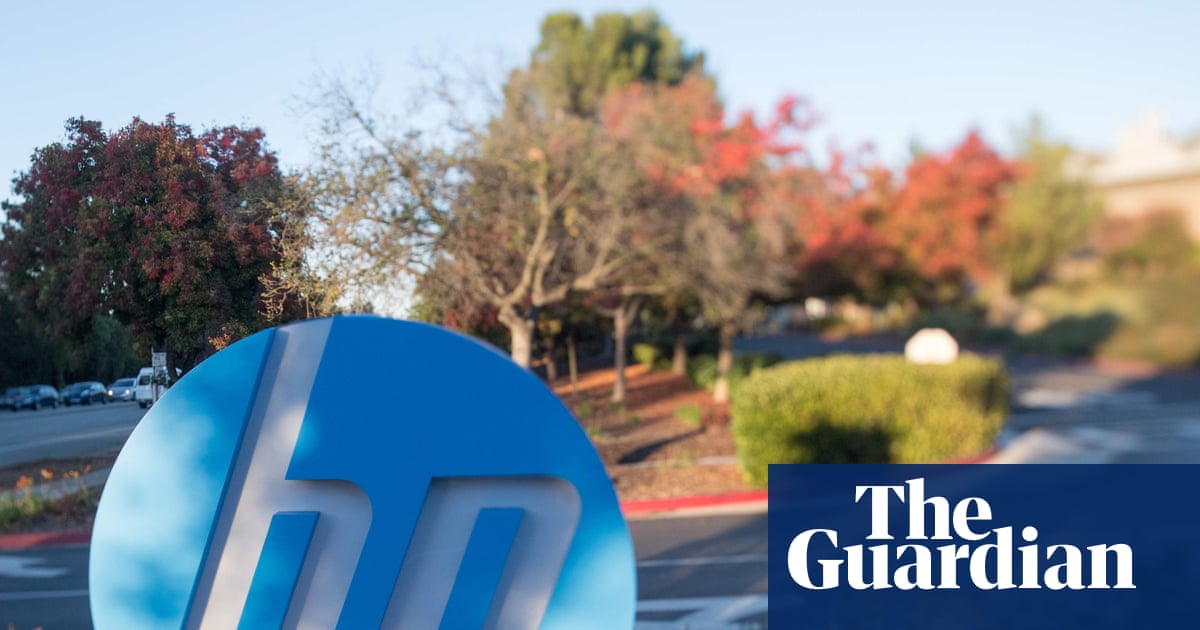The current interim CEO of the brand has put a brake on any short and medium term electrification plan for SEAT, focusing the entire electricity bet of the group in Cupra. In fact, it has been in the Munich Motor Show where some of the coupra models that will mark the future of the brand have been seen.
An electric SEAT that does not arrive. “Today it is impossible to make an electric car with Seat if we want to make money,” said Markus Hauct, current CEO of Seat in an interview with the media. The shadow of an electric Volkswagen for 20,000 euros, which would materialize according to the company in 2027, unseat all SEAT electrification plans. “If Volkswagen sells at that Price, how much should Seat sell?” Haupt continued.

The Raval Cupra makes an appearance at the IAA Mobility. Image: Cupra
A two brand strategy. The decision to keep Seat out of the electrification responds to a clear commercial logic that HAUPT himself explains: “Seat today is an ideal complement to coupra, because they are in different segments, aimed at different customers.” While Cupra is positioned right now as the premium and sports brand that can assume electrification costs, Seat will remain in the field of combustion and hybridization. To this strategy is added the launch next month of the new versions of Ibiza and the Arona, demonstrating that the company wants to continue betting on renewing its range of supervent vehicles.

Cupra takes the electrical prominence. The group’s electric future is concentrated exclusively in Cupra, which will be launched next year, its entrance model from 25,000 euros with up to 450 kilometers of autonomy. This vehicle will occur in Martorell next to the Volkswagen ID.polo, with an estimated capacity of 300,000 units annually between both models. Haupt has also presented in Munich the Cupra Tindaya, a concept that will reach production “at the beginning of the next decade” and that marks the new brand design language.
Of figures goes the thing. In the first semester, Seat and Cupra barely reached an operational benefit of 38 million euros, and Haupt has been clear about the need to “reduce our cost structure.” Tariffs to the coupra tavascan manufactured in China have negatively impacted these results, although the manager is optimistic about a resolution before the end of the year after negotiations with Brussels.
The future is still electric, but not for everyone. Despite how resounding his words have been with Seat, Haupt maintains that “the day will come where I suppose that the amount of electric cars will exceed combustion. That will allow us to improve component prices and make the electric car more affordable for the consumer and cheaper for us.” Meanwhile, the group continues to make the decision to play with Cupra and Seat to satisfy its entire audience.
Cover image | SEAT
In WorldOfSoftware | Volkswagen presents the ID. Cross concept and the least is the car: the buttons return and forget the rare names











